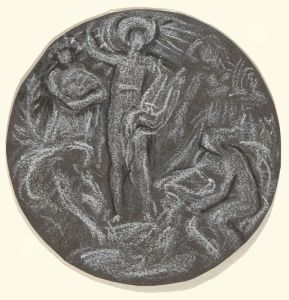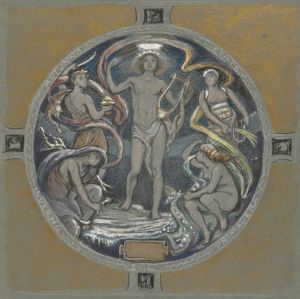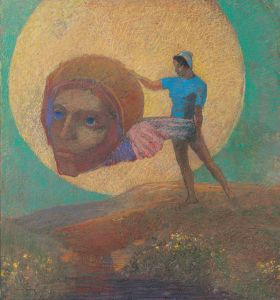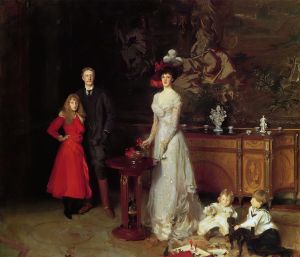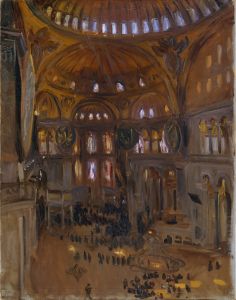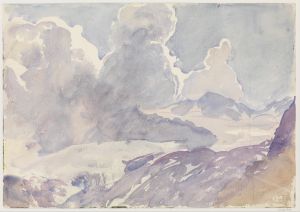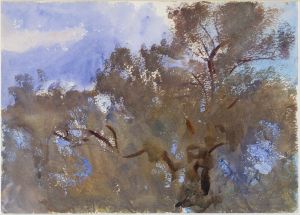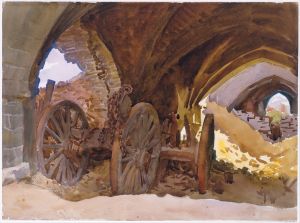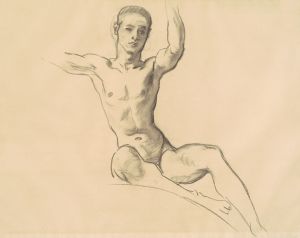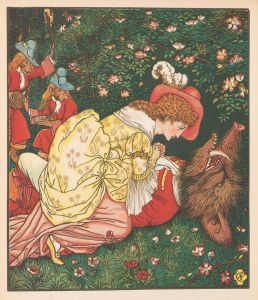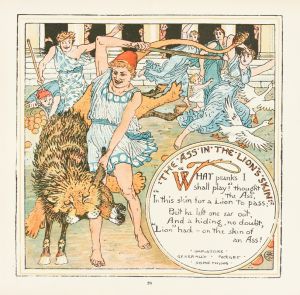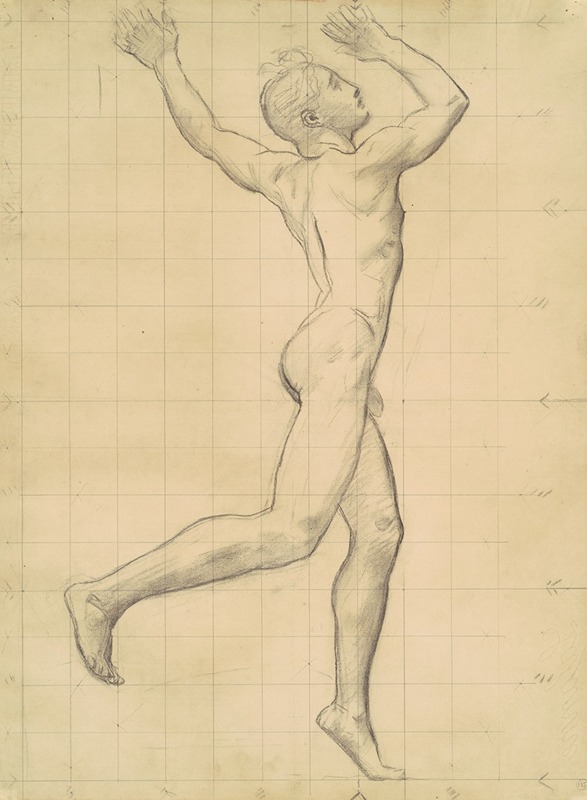
Study of Apollo for ‘Apollo and Daphne’
A hand-painted replica of John Singer Sargent’s masterpiece Study of Apollo for ‘Apollo and Daphne’, meticulously crafted by professional artists to capture the true essence of the original. Each piece is created with museum-quality canvas and rare mineral pigments, carefully painted by experienced artists with delicate brushstrokes and rich, layered colors to perfectly recreate the texture of the original artwork. Unlike machine-printed reproductions, this hand-painted version brings the painting to life, infused with the artist’s emotions and skill in every stroke. Whether for personal collection or home decoration, it instantly elevates the artistic atmosphere of any space.
John Singer Sargent, an American expatriate artist, is renowned for his portraits and murals, as well as his sketches and studies. Among his lesser-known works is the "Study of Apollo for ‘Apollo and Daphne’," which is a preparatory piece for a larger composition that Sargent never completed. This study reflects Sargent's interest in classical mythology and his skill in capturing the human form with dynamic movement and expressive detail.
The "Study of Apollo" is a testament to Sargent's ability to convey the fluidity and grace of the human body. In this work, Sargent focuses on the figure of Apollo, the Greek god of music, poetry, and the arts, who is often depicted as a youthful and athletic figure. The study likely served as a preliminary exploration of form and composition for the intended larger work, "Apollo and Daphne," a mythological scene derived from Ovid's "Metamorphoses."
In the myth, Apollo, struck by Cupid's arrow, falls hopelessly in love with the nymph Daphne. However, Daphne, desiring to remain chaste and uninterested in Apollo's advances, prays to her father, the river god Peneus, for help. In response, she is transformed into a laurel tree just as Apollo reaches her. This dramatic narrative offers rich material for artistic interpretation, capturing themes of desire, transformation, and unrequited love.
Sargent's study likely captures Apollo in pursuit, emphasizing his muscular form and the tension of movement. The artist's use of light and shadow would have been critical in conveying the three-dimensionality of the figure, a skill Sargent was particularly known for. His brushwork, often described as both precise and fluid, allows for a sense of immediacy and vitality in the study.
While Sargent is primarily celebrated for his portraiture, his interest in mythological subjects reveals his versatility and the breadth of his artistic interests. The "Study of Apollo" is a reflection of his engagement with classical themes and his ability to adapt his style to different subjects. Although the full "Apollo and Daphne" composition was never realized, this study provides insight into Sargent's creative process and his approach to narrative art.
Sargent's work, including his studies and sketches, continues to be appreciated for its technical excellence and artistic insight. The "Study of Apollo" remains a valuable piece for understanding Sargent's oeuvre and his exploration of mythological themes. It highlights his ability to capture the essence of a story through the depiction of the human form, even in preparatory works.
Overall, the "Study of Apollo for ‘Apollo and Daphne’" is a significant piece that underscores John Singer Sargent's mastery of form and his interest in classical mythology, offering a glimpse into what might have been a compelling larger work.





